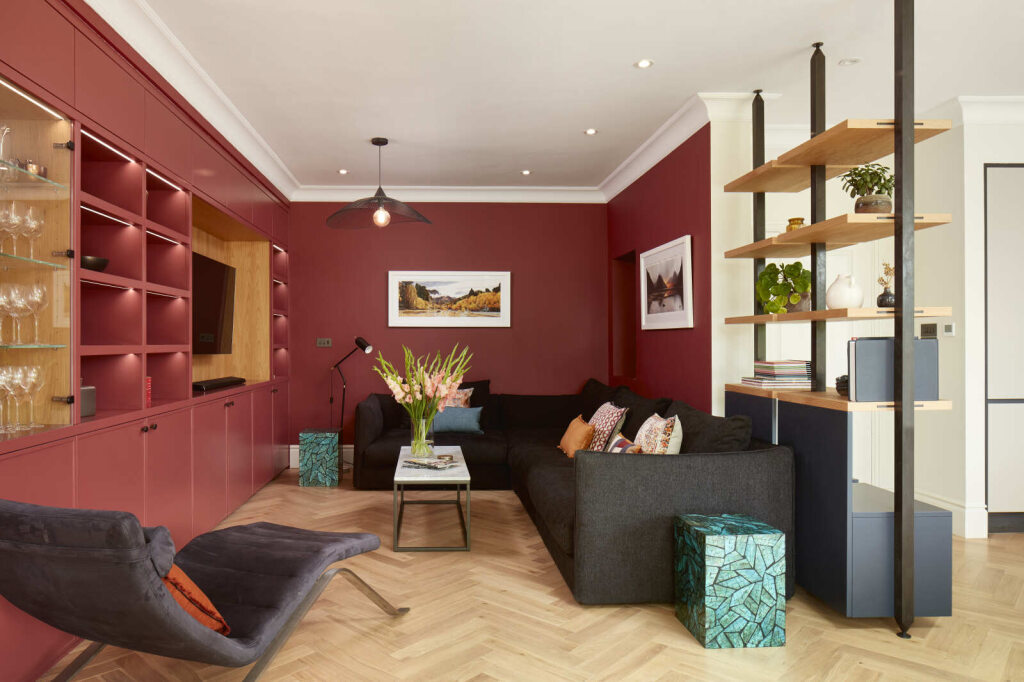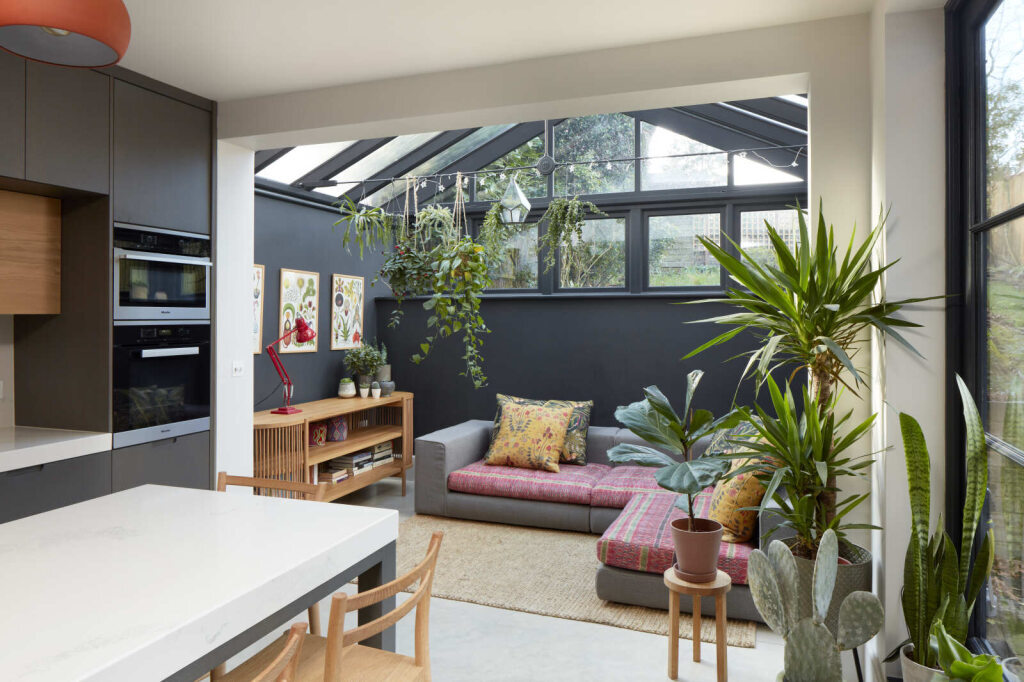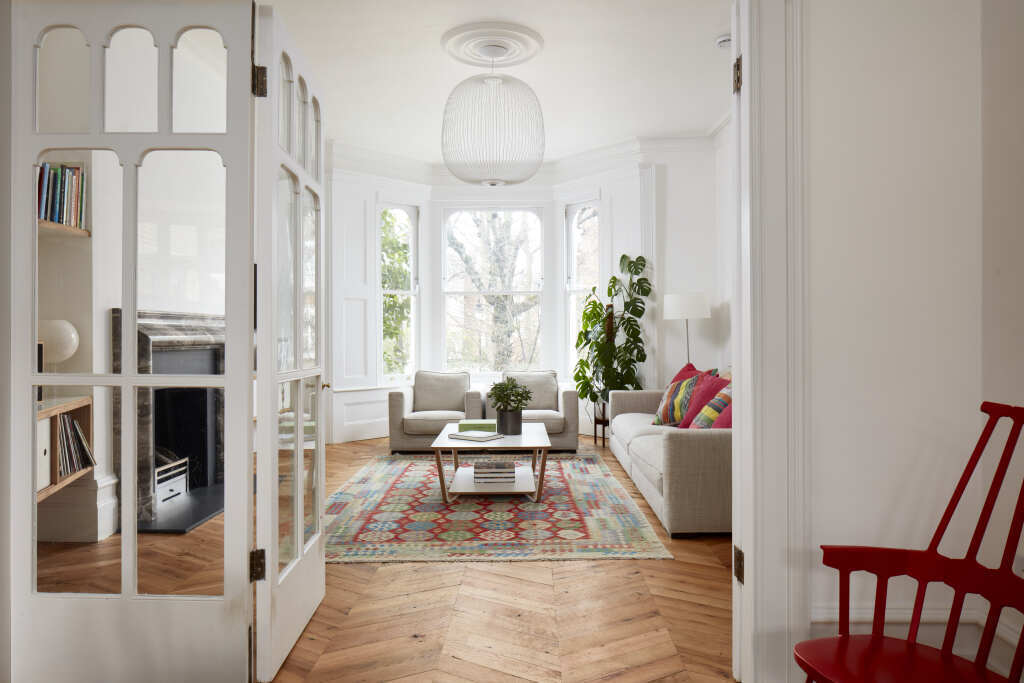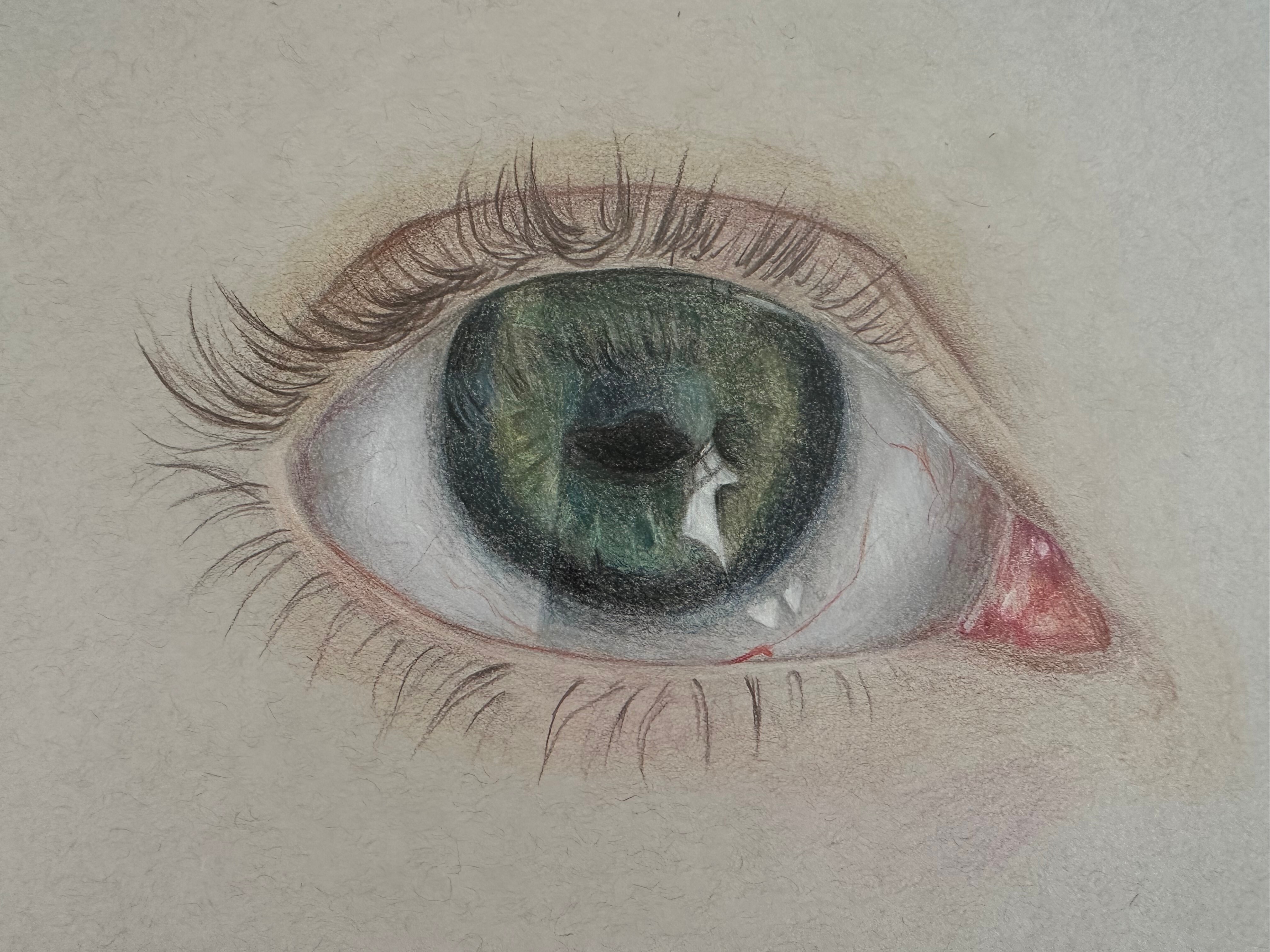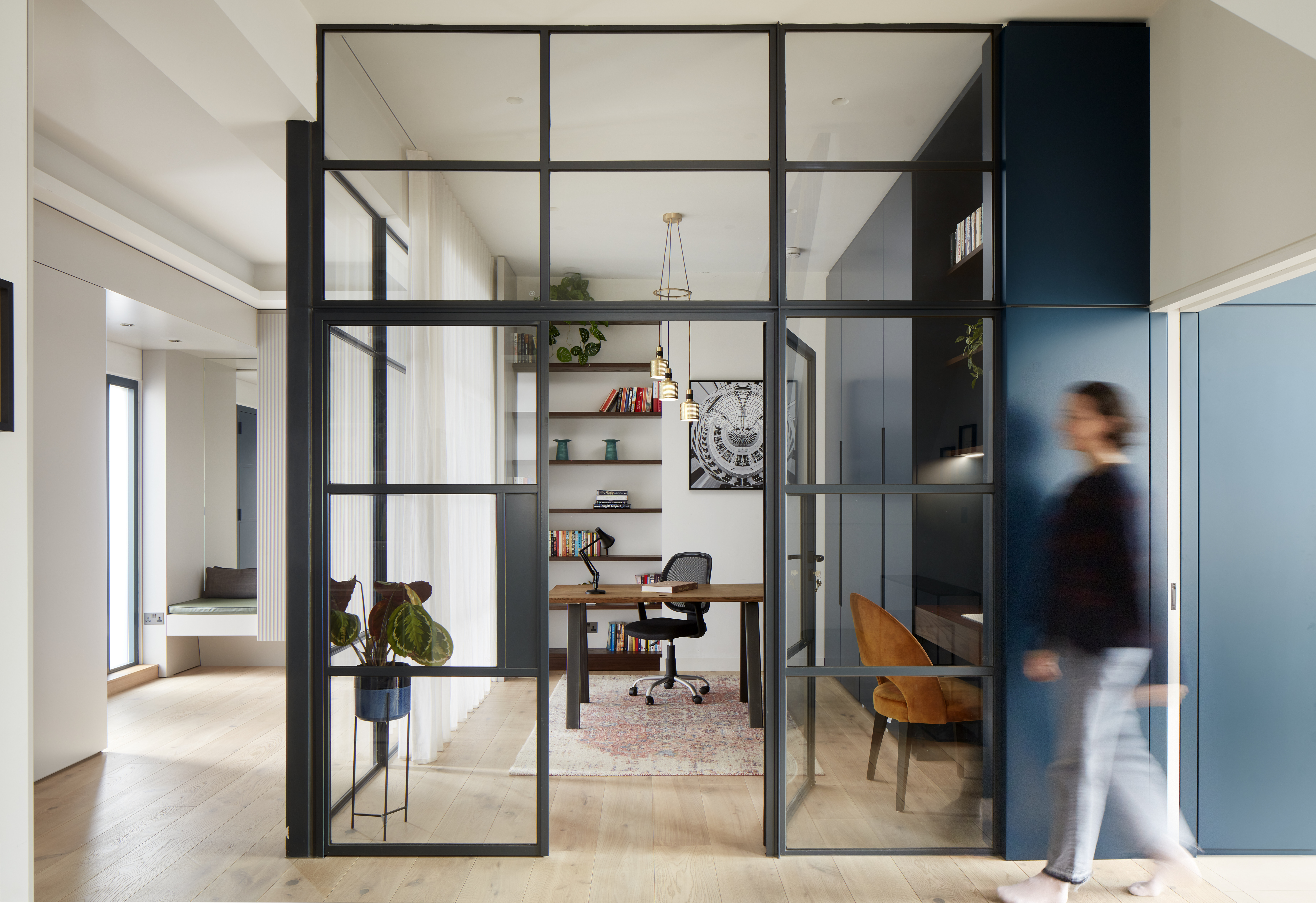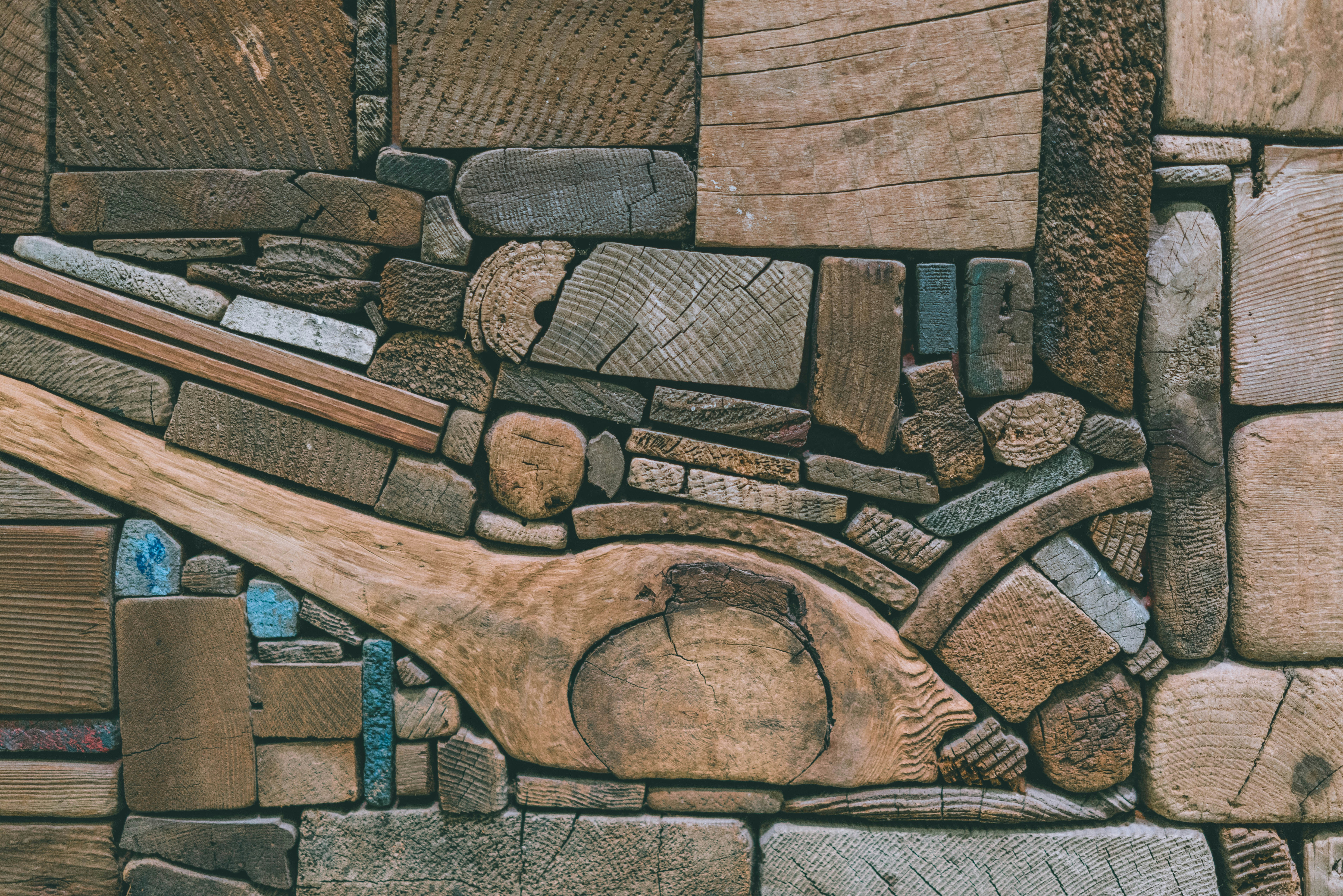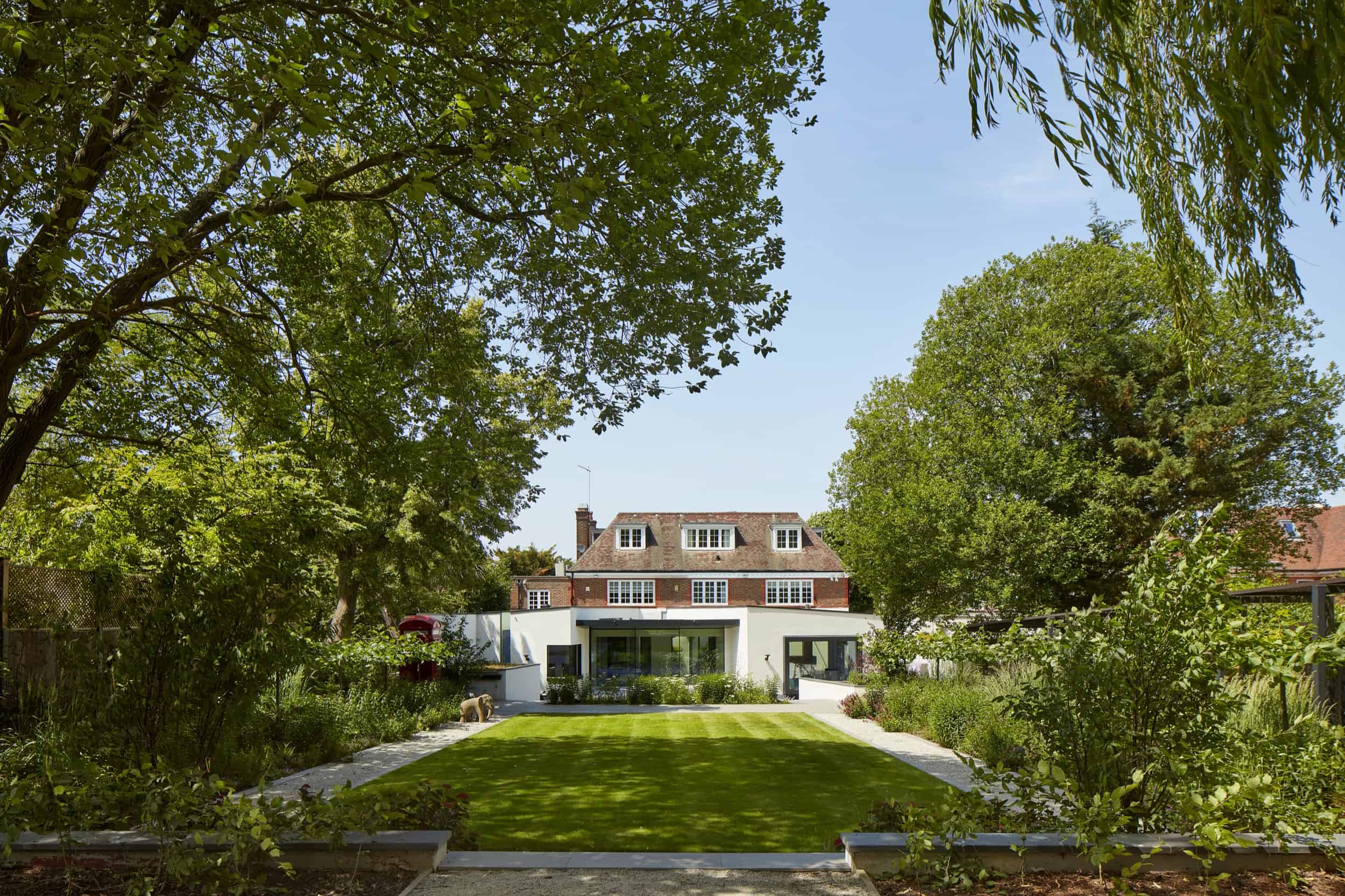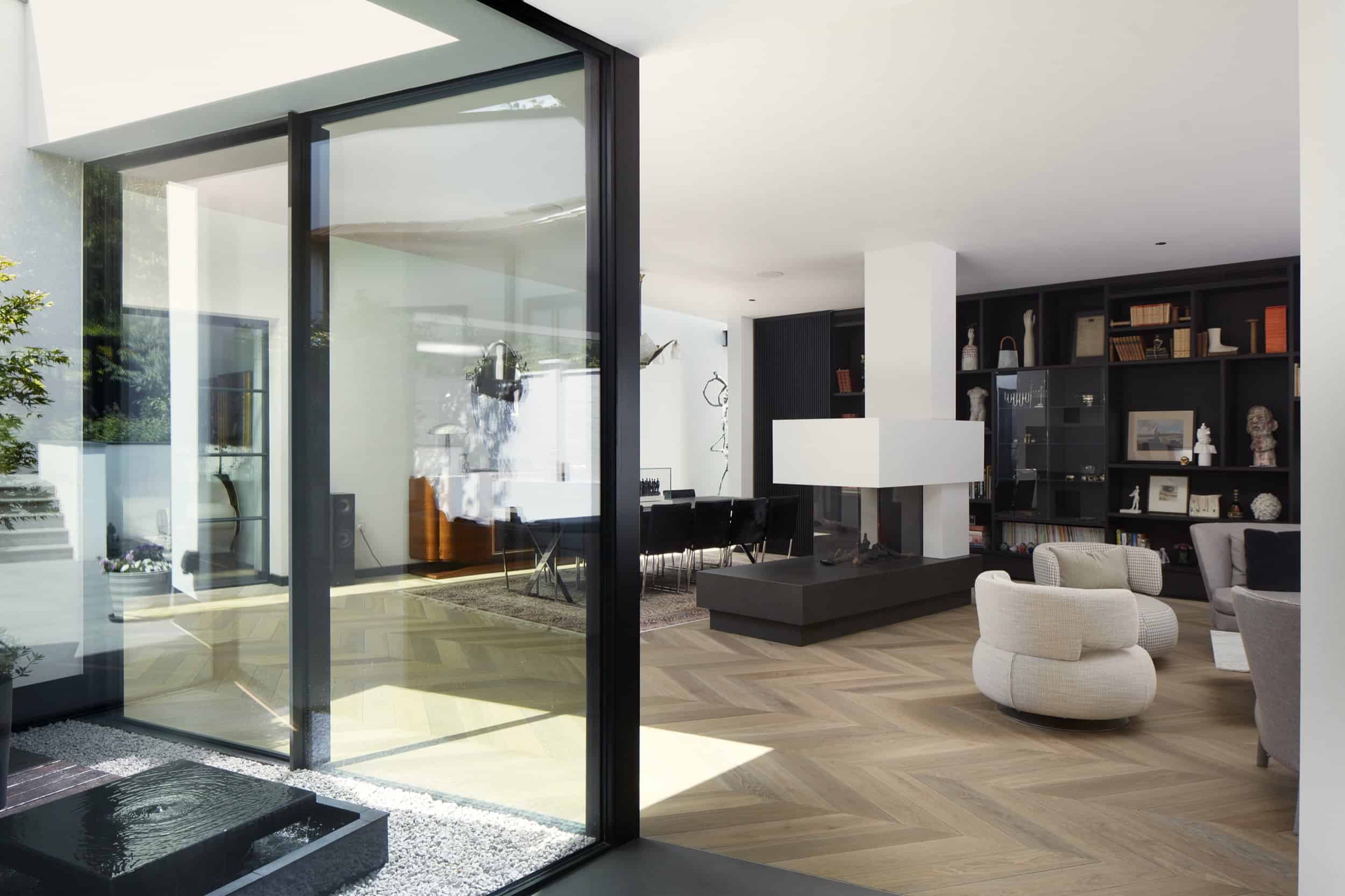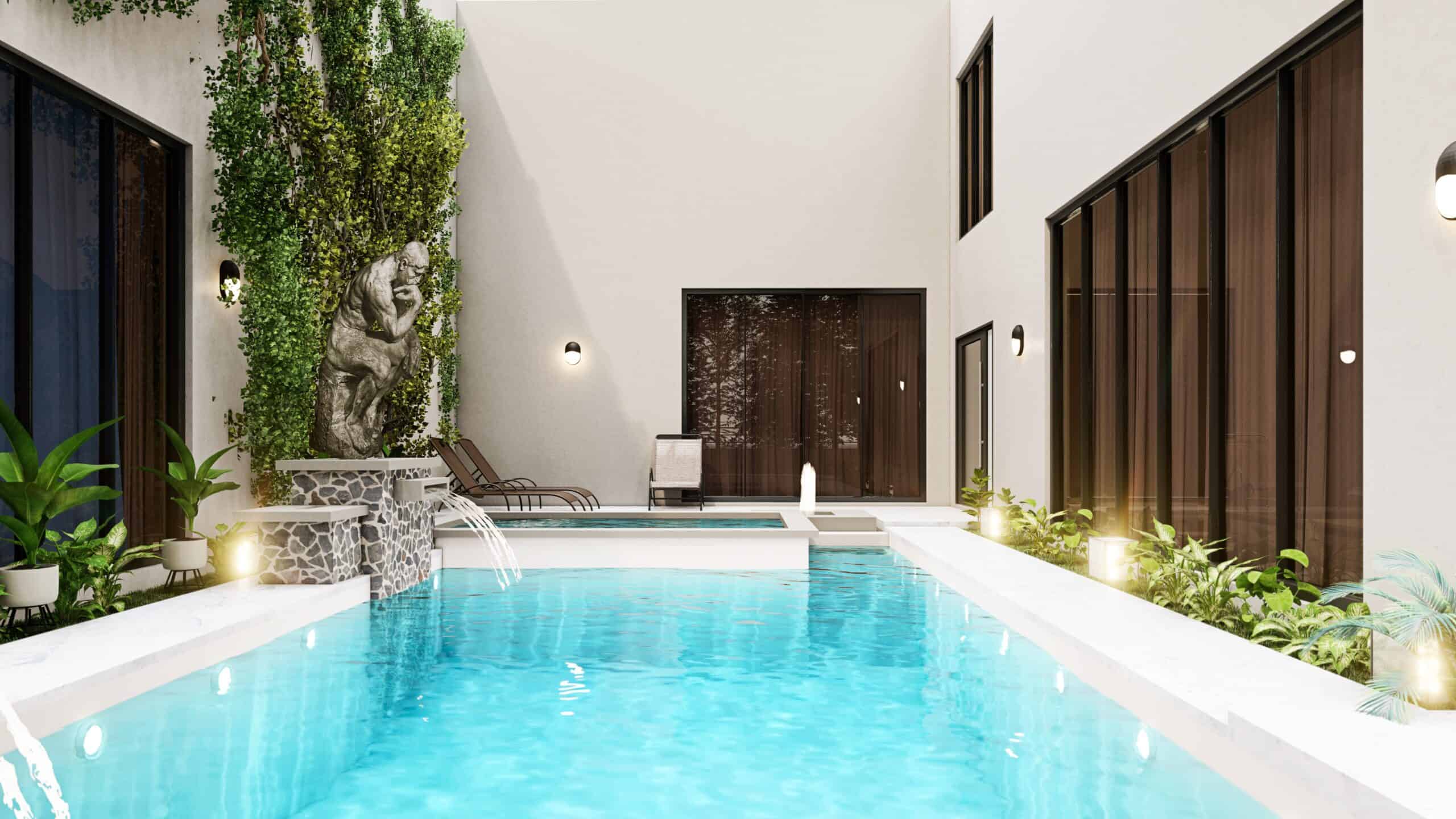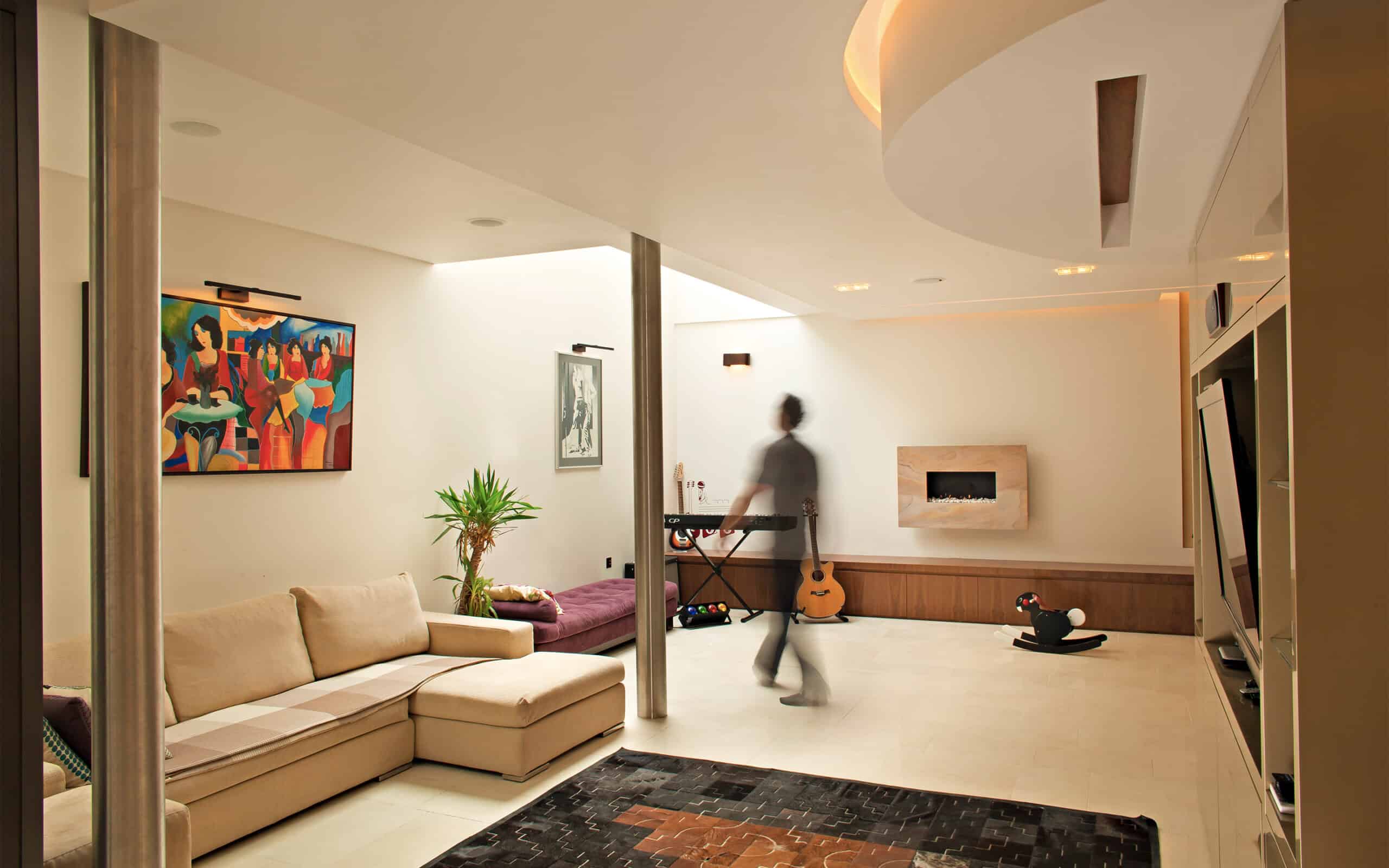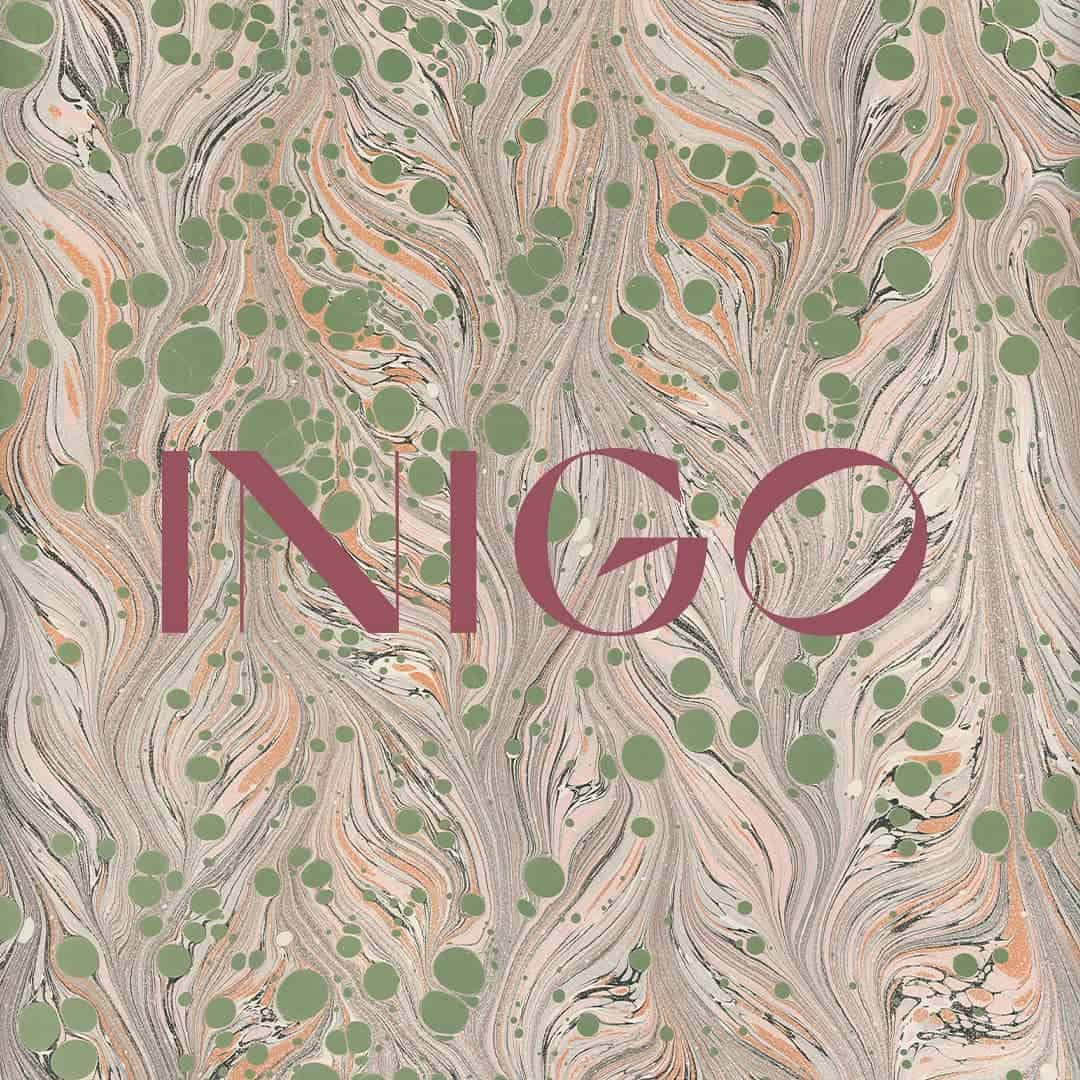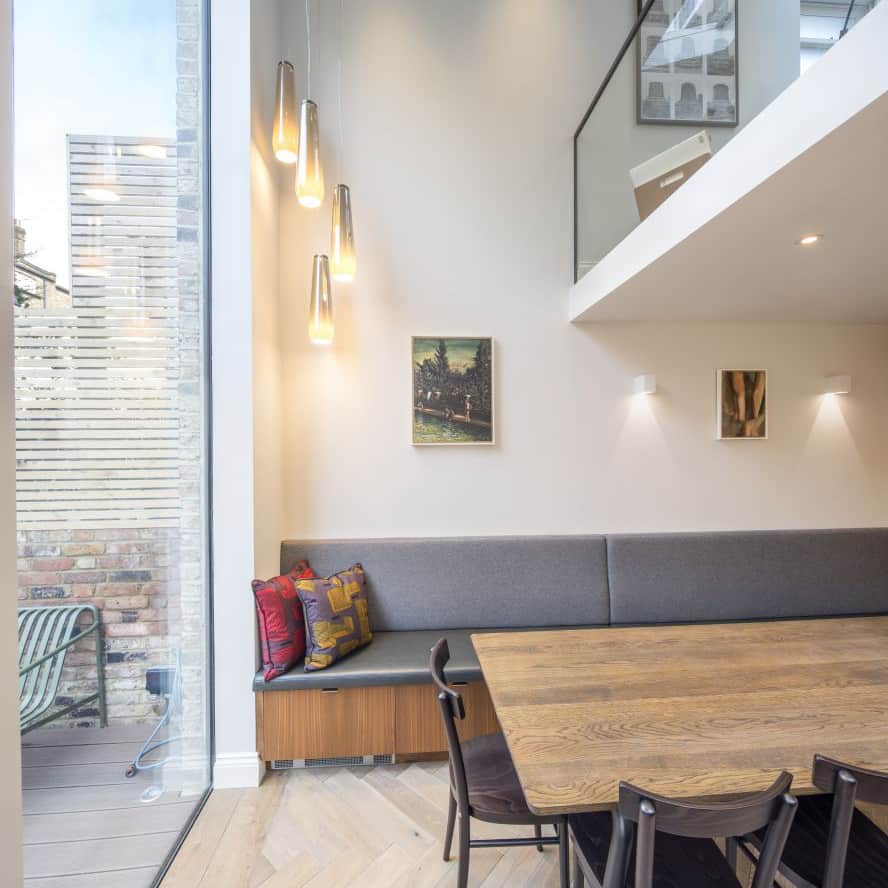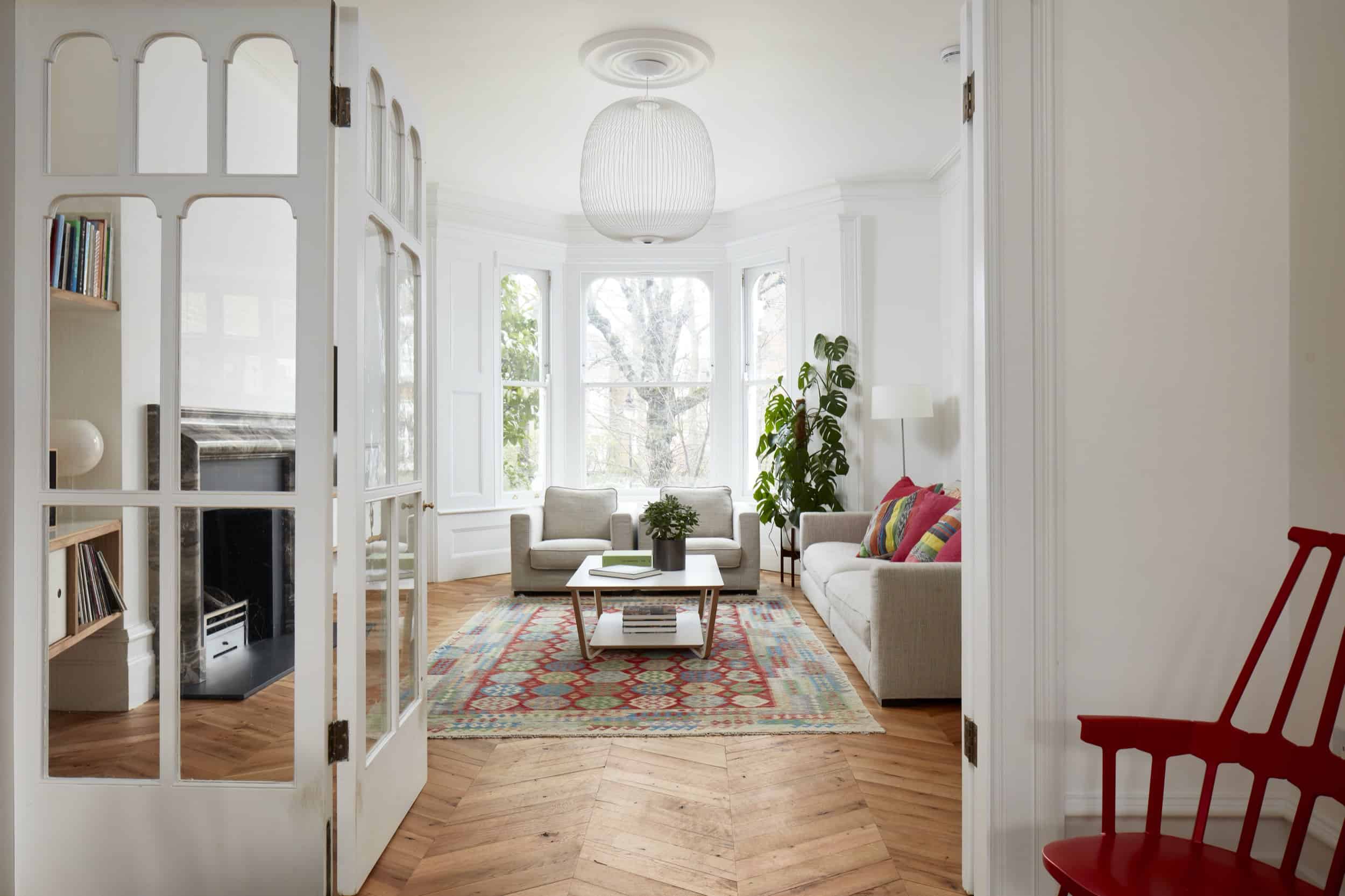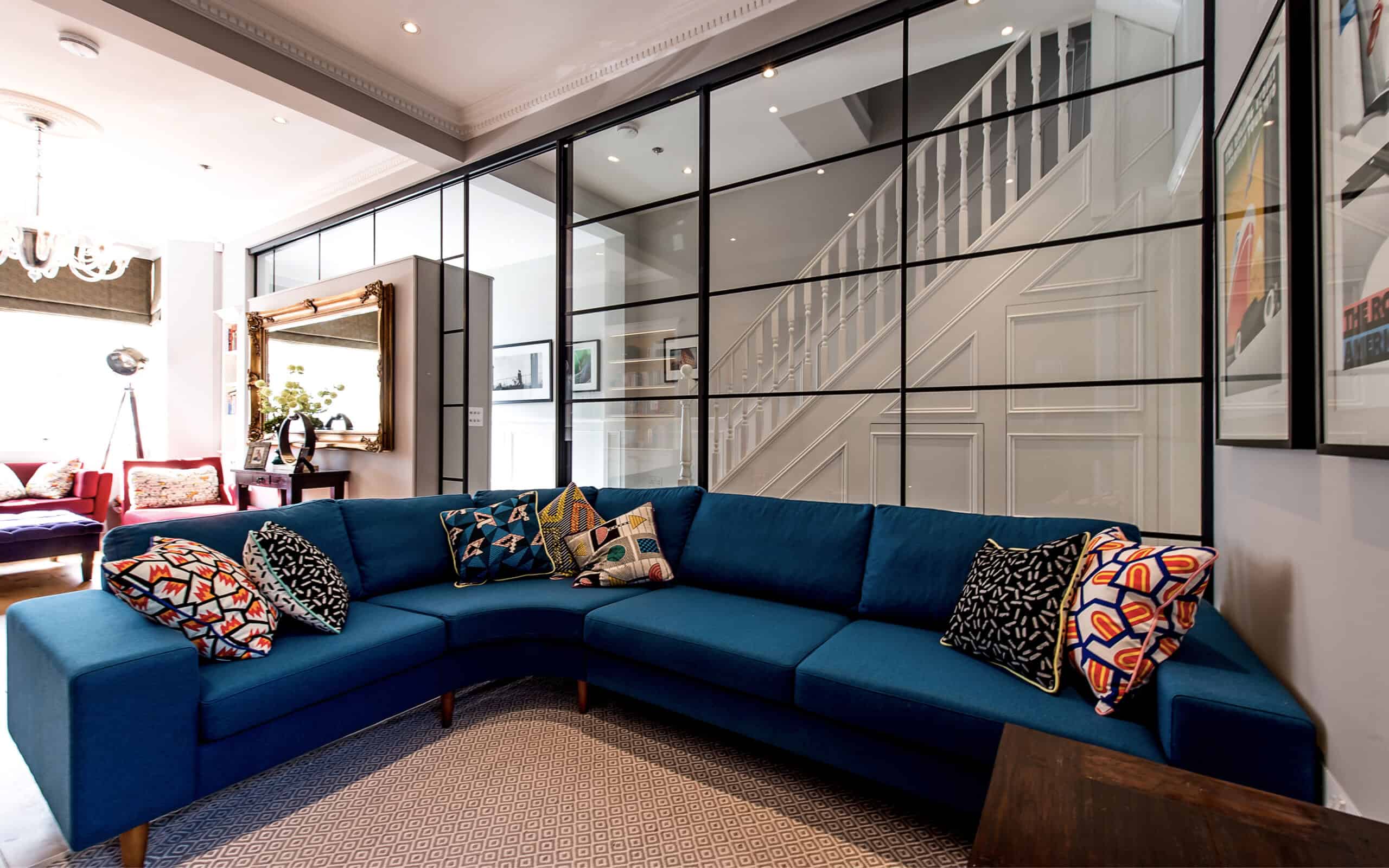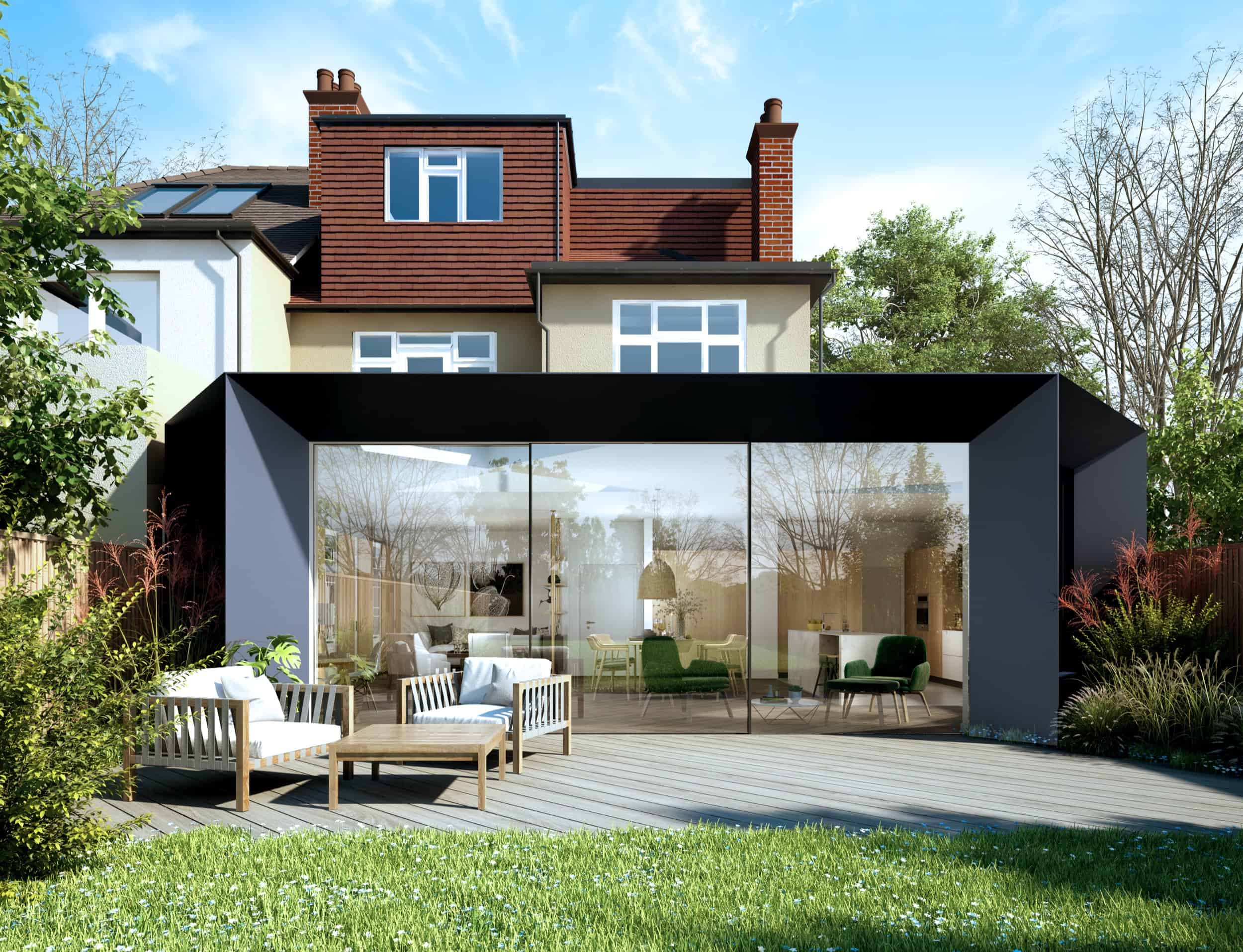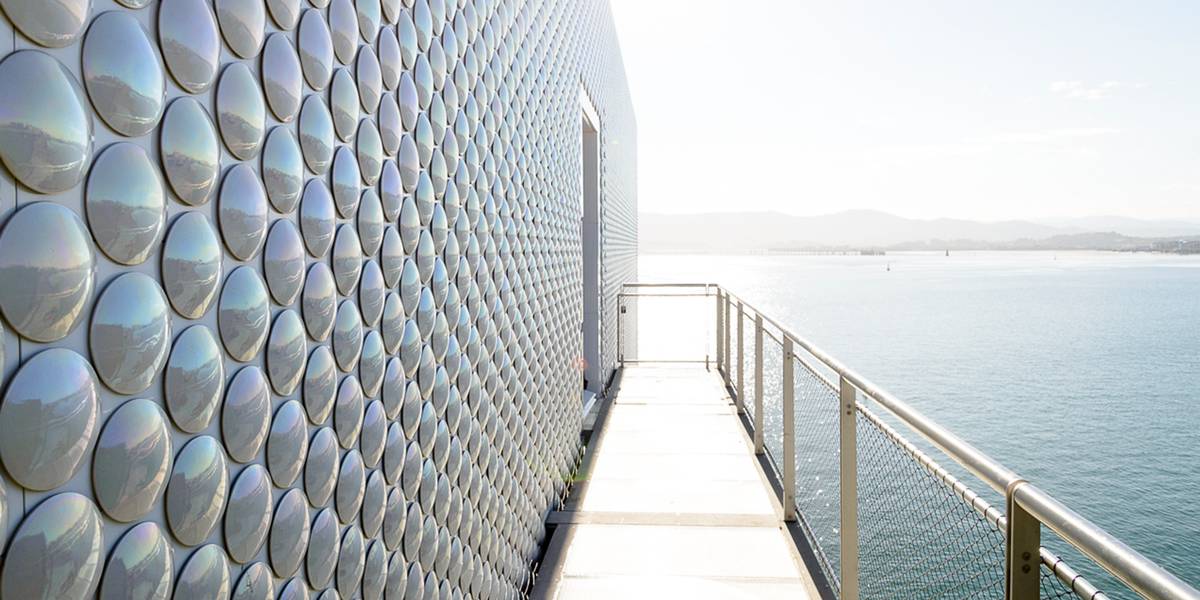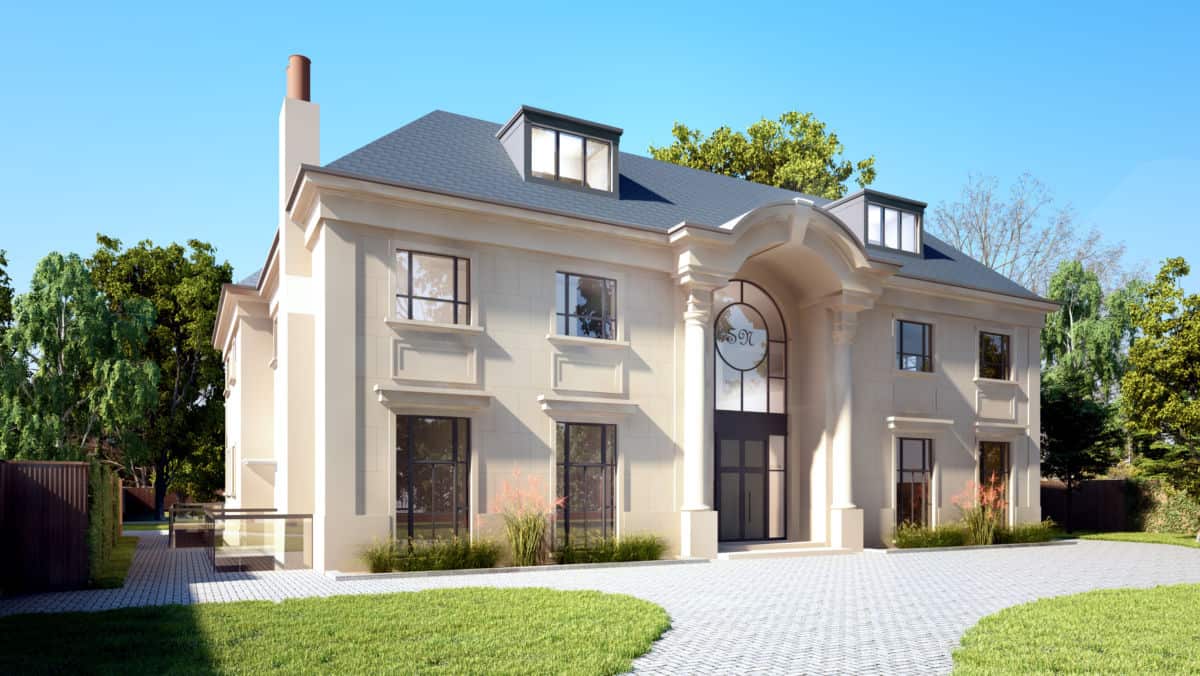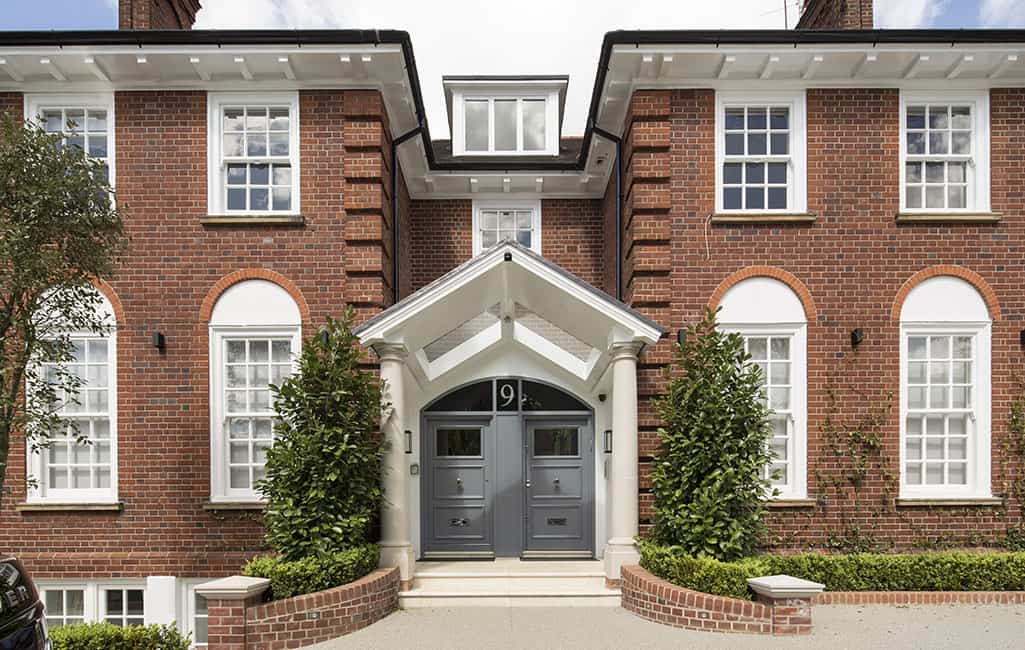Who is artist Xul Solar?
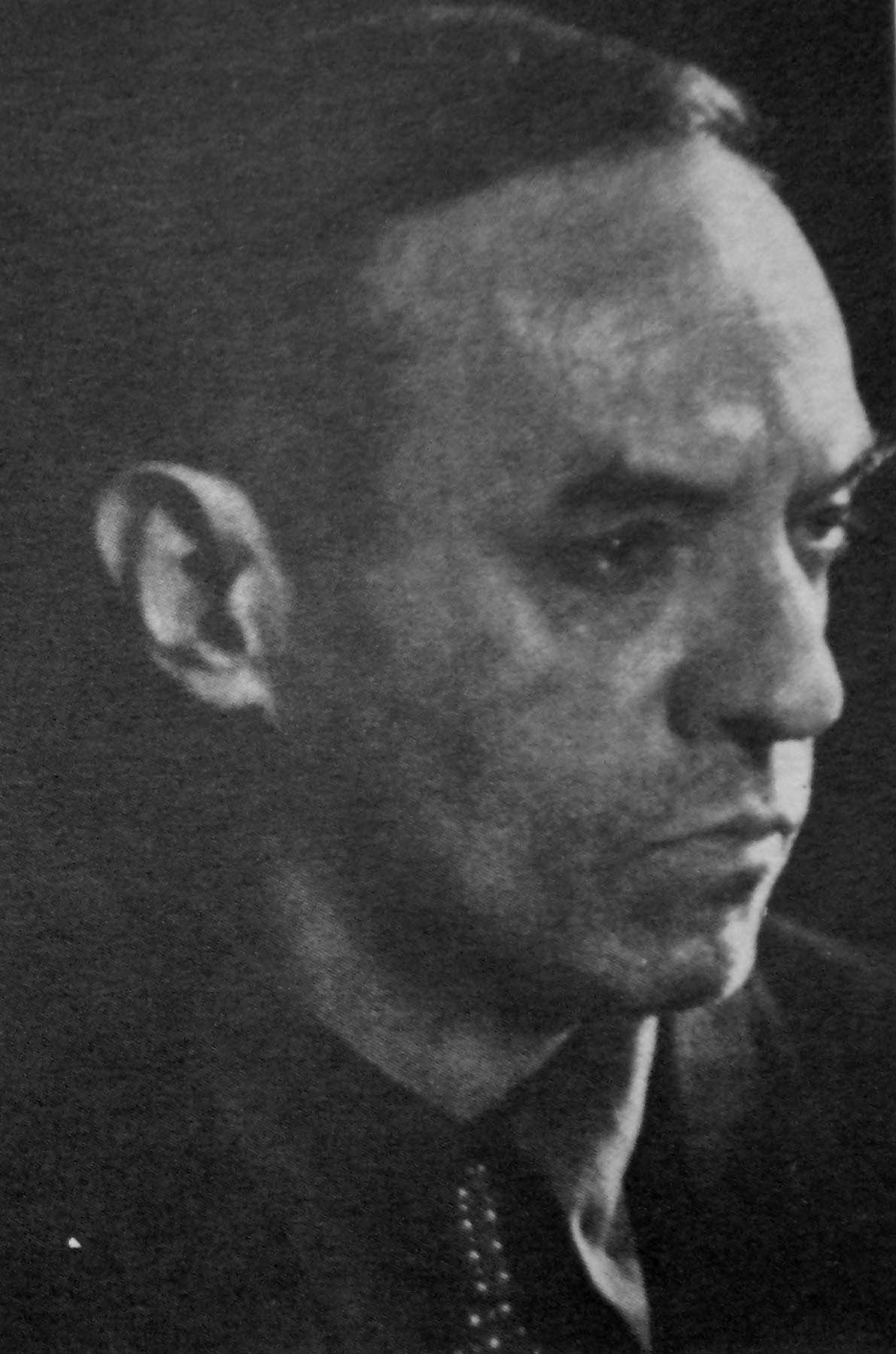
When you think of artists, there are some renowned names that are sure to spring to mind. Yet a name that might not come quite so readily is Xul Solar. Xul Solar has been called Argentina’s Salvador Dali, being both a supremely talented creator and an eccentric one at that. We think it’s time that more people know about this man who has contributed so much to the artistic world.
The Beginning
Born in Buenos Aires in 1887 to parents originating from Russia and Italy, Oscar Agustin Alejandro Solari, as Solar was originally known, had a very interesting and multicultural upbringing. The influences from these three different countries seem to have stimulated a creative streak from an early age. He studied both music and architecture – the latter being something that would most certainly influence his work in the long term.
In 1912, Solar left Argentina to travel around Europe while the First World War raged on. He particularly enjoyed his time in Italy – perhaps due to his parental connection – where he met with the Futurists and discovered a shared view on art and the world in general. In fact, it was this time spent with the Futurists that would influence much of his later work, particularly his nonconformist ideas and Surrealist works.



A change of name
It was in 1916 that the name Xul Solar was born, when Oscar Agustin Alejandro Solari changed his name and began to live the life he had been edging towards for so long.
A plausible interpretation is that Xul Solar is intended to mean ‘light of the sun’. Solar means sun, and Xul is ‘lux’ (light) spelled backwards. When looking at Solar’s work, there is a definite theme that links the universe and astrology to many of his ideas.
Architecture
In the early 1920s, Solar found himself in Milan, where he embarked on a small-scale architectural project creating tiny buildings mounted on cardboard, each representing something mystical. Those mystical signs, symbols, and beings were taken from many different cultures and myths, and came together in this intriguing architectural style that included cathedrals and temples as well as more prosaic – yet still undeniably beautiful – buildings.
Back to Argentina
Solar’s artistic career soon took off, and his new way of thinking, combined with a clear talent for creating memorable work that people wanted to see, meant that he enjoyed exhibitions in both Milan and Paris very early on in his career. Afterwards, Solar went back to Argentina and found himself in Buenos Aires in 1924.
It was at this time that he became involved with a new group of artists, this time avant-garde painters, writers and poets. Within this group, known as the Martin Fierro Group, Solar met Jorge Luis Borges, the most famous author Argentina has ever produced and the founder of magical realism. Once they became friends, Solar’s work became much more prolific and unusual in style.
Style and form
Having met so many fascinating personalities and influences, Solar was able to develop his very own artistic techniques. Solar was known for using watercolours on small pieces of paper. His paintings would usually depict universe scenes, planets, stars, astral bodies,and the sun, a theme that Solar seemed to be inordinately fascinated with.
Within the paintings you can find numbers and other ciphers that are meant to represent the astrological signs and symbols. Religious motifs also find their way into his work, although reimagined in a much more secular light.
More than painting
Although Xul Solar’s title might be classified as an artist, that doesn’t restrict his work to one particular medium. After all, art can be seen through numerous different lenses. For example, having been interested in language throughout his life, Solar also created a variety of different languages himself. This was so that he could truly express what utopia meant to him. For him, only a language made specifically for the task would do.
The first language Solar generated was called Neo-Criollo, and it was a mix of Portuguese and Spanish, although it also included Sanskrit, Greek, English, and French.
Next came Pan Langua, a simpler language that along with new words, had its own astrology, music, numbers and even its own form of art.
On top of language, Solar also created new games which included Pan-Chess, which incorporated a variety of spiritual elements into the traditional rules.
Bringing light on: Xul Solar Museum Buenos Aires
When we visited the Xul Solar Museum in Buenos Aires, we were inspired by the way in which light reflected through the angled skylights, illuminating specific areas of the gallery space, while keeping other areas in a darker shade to protect artworks and create the ambience. It is an approach that has influenced our own passion for enhancing natural light in buildings.




Image by unkwon – Fotograph taked from the colection magazine “Pintores Argentinos del Siglo XX”; Vol 1 to Vol 58edited by Centro Editor de América Latina. Published 1980 and 1981 at Buenos Aires, Argentina, Public Domain.
Artworks courtesy Wikipedia:
1. Xul Solar painting with manuscript – Mauro Rico/Ministerio de Cultura de la Nación
2. Entierro, 1915. Painting depicts a burial ceremony of possibly celestial figures.
3. Drago, 1927 – Juan Pelota


